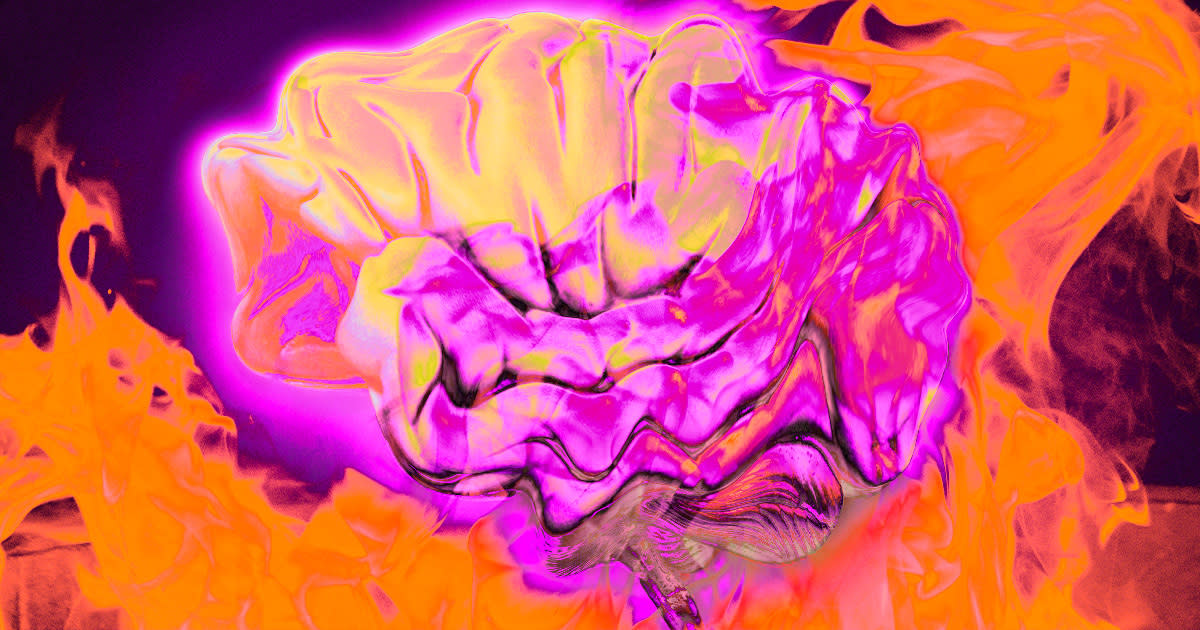Human Neurons Are Stuck Between Shifting Phases of Matter, Scientists Say

The neurons of our brain may not exist in a single state of matter, new research suggests.
As detailed in a study, published in the journal Communications Physics, researchers have found signs that these brain structures reach or come close to reaching "criticality," wherein the neurons are perpetually phasing between two different states of matter, and can't be pinned down as exclusively being either one of them.
"The structure of the brain at the cellular level appears to be near a phase transition," said study lead author Helen Ansell at Northwestern University's Department of Physics and Astronomy, in a statement about the work. "An everyday example of this is when ice melts into water. It's still water molecules, but they are undergoing a transition from solid to liquid."
What these two states are remains unknown. But the findings illustrate the complexities of our brain's internal mechanisms, and provide an avenue for explaining how our mushy, unassuming gray matter can play host to something as intricate as consciousness — while also hinting that human brains may have more in common with brains of less complex creatures than once believed.
A key detail, according to the researchers, is that the brain structures are never fixed on any one state — "because if it were on either side of the critical point," Ansel explained, "it wouldn't be a brain." Seemingly, the brain thrives in this perpetual limbo.
The structure of neurons are considered to be what's known as fractals, which are self-similar — or "scale invariant" — shapes that look the same at any size. Zoom in, and a fractal's smaller structures will be virtually identical to the bigger ones, all the way down.
When examining publicly available data of 3D reconstructions of human, fruit fly, and mouse brains, the researchers, who took a statistical physics approach, observed these repeating fractal patterns in neurons, but they also found that the sizes of the neuron segments varied significantly. This dichotomy of being ordered yet diverse, they concluded, are strong signs of matter approaching a critical point.
"These are things we see in all critical systems in physics," said co-author István Kovács at Northwestern in the statement. "It seems the brain is in a delicate balance between two phases."
What's just as compelling is that the researchers found these signs of criticality in fruit fly and mouse brains, too — and not just human ones — even though they have little else in common.
"Initially, these structures look quite different — a whole fly brain is roughly the size of a small human neuron," Ansell said. "But then we found emerging properties that are surprisingly similar."
This could suggest that criticality is universal to all kinds of brains. But until the researchers are able to apply their analysis to more brain reconstructions, this remains — forgive us — a gray area.
More on the brain: Scientists Connect 16 Mini Brains Made of Human Tissue to Create a "Living Computer"


